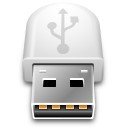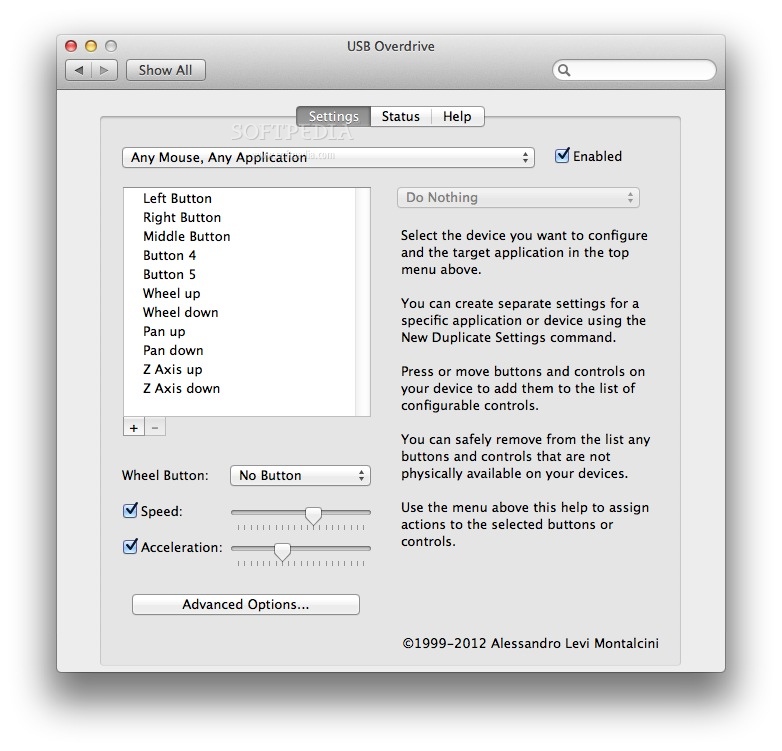

If the drive still doesn’t show up, plug it into another computer and check if it now shows up.Restart the computer and check if the drive shows up. Many a time, the USB drive may not be showing up due to a glitch or minor bug that could be fixed by a simple restart. Restarting the computer also works as an efficient fix in such cases.Try connecting the USB drive into another port on your system and check if it shows up. There’s also the possibility that the current USB port may be malfunctioning or dead.Now see if the drive shows up in Windows.

Check if your drive has one and ensure that it’s turned on. Some USB drives have an external power button, which if disabled wouldn’t let the drive show up in Windows.Therefore, before you proceed to the other fixes, it’s time for some simple checks.
#USB OVERDRIVE DEVICE DOESNT APPEAR SOFTWARE#
We often end up meddling with the software aspect when the problem lies with the hardware itself. Now that you understand the underlying causes, let’s move to the fixes.

#USB OVERDRIVE DEVICE DOESNT APPEAR DRIVER#
Apple’s frequent low-level changes for security and input in the last several macOS releases have left many devices on upgraded Macs abandoned until a new driver is released-or forever. I’ve found that nearly every trackball on the market or sophisticated-enough mouse requires USB Overdrive, unless the device maker’s driver is absolutely up to date. Just select macOS from Speed and Acceleration menus to reassert your previous choices, or adjust the app’s options to fit your needs. This took me aback on installing it recently, as USB Overdrive’s defaults were much more lively than mine. You also use the Settings menu to adjust mouse behavior, like scrolling speed and acceleration, with more degrees of choice than Apple provides.


 0 kommentar(er)
0 kommentar(er)
